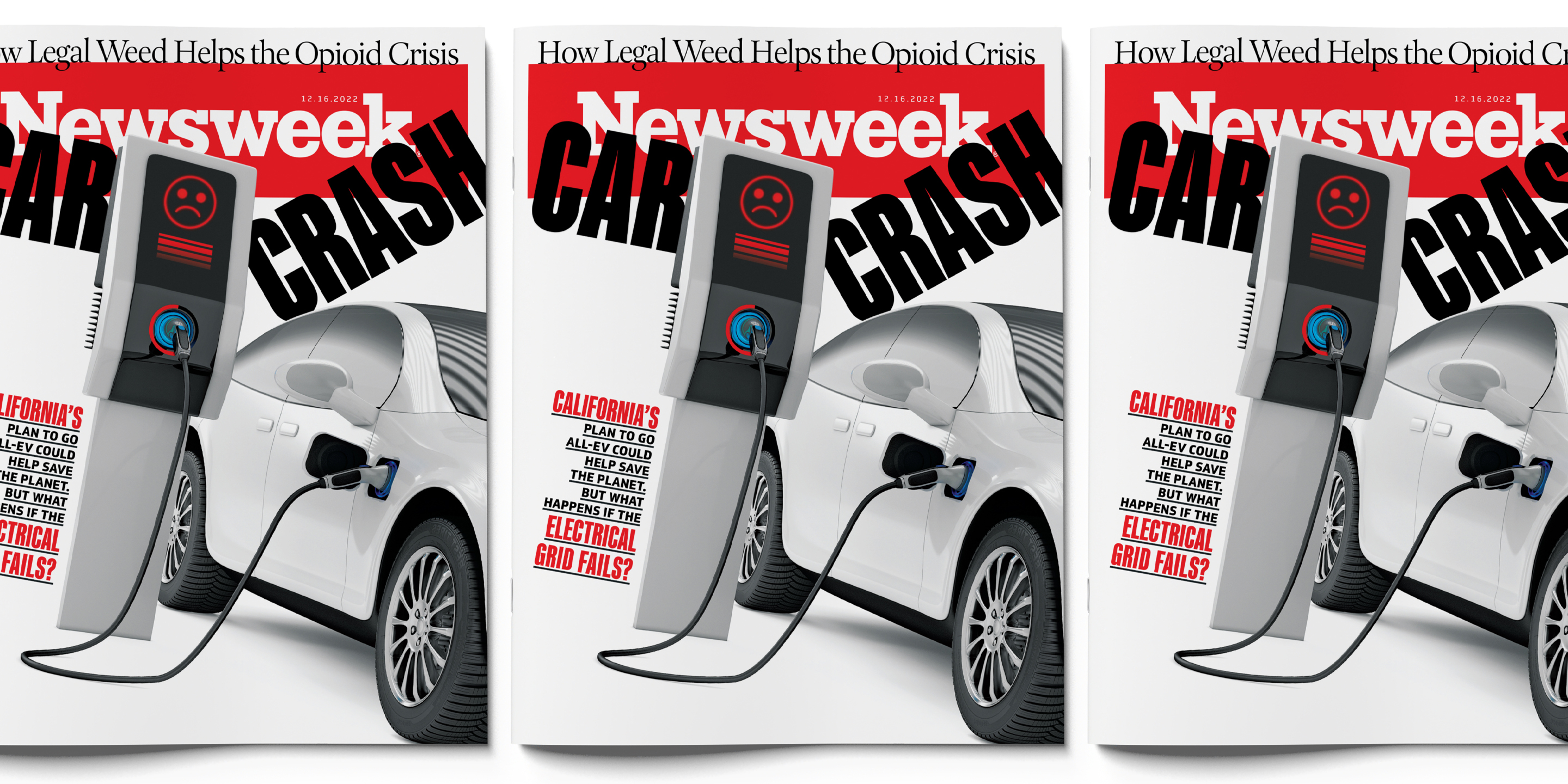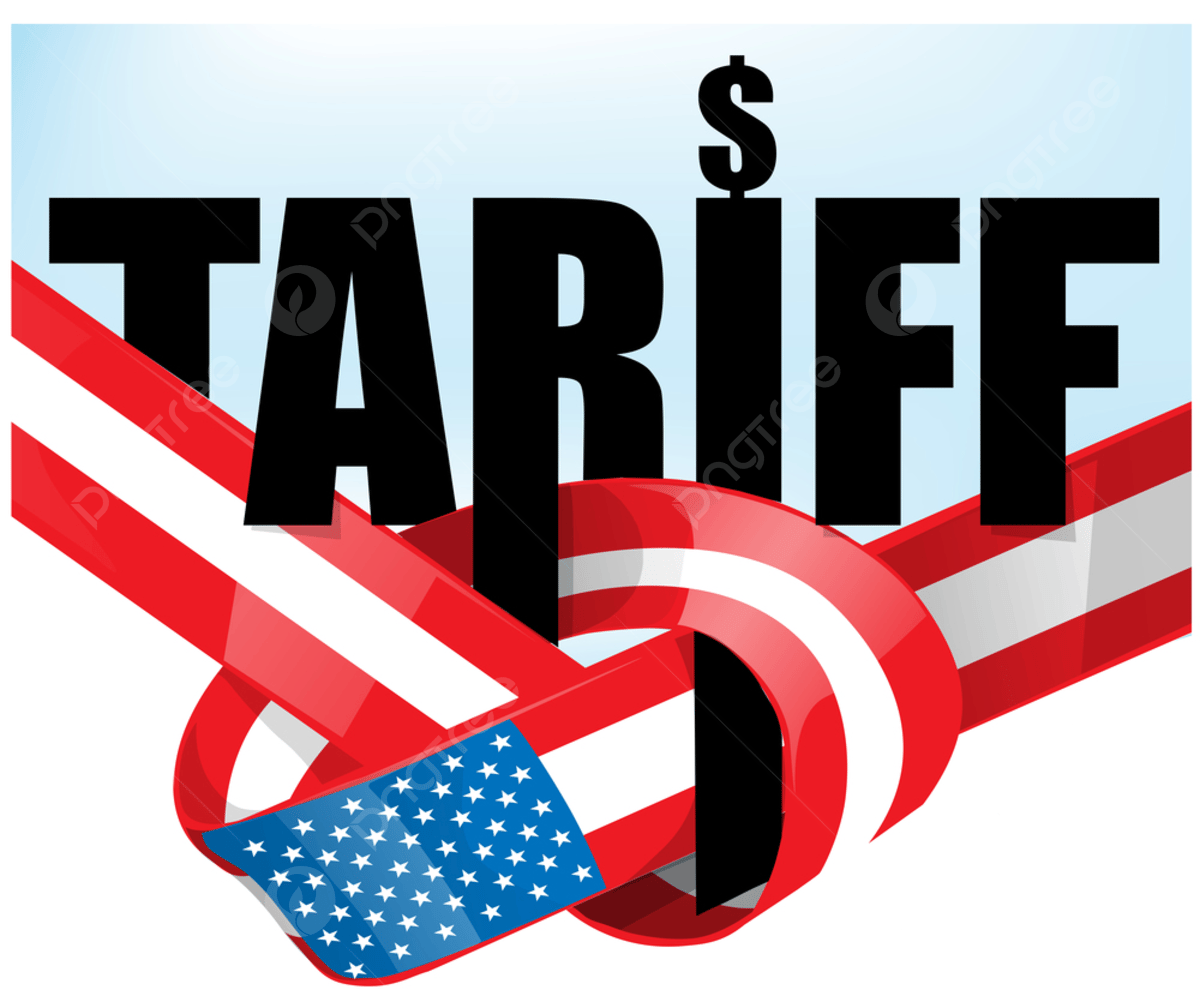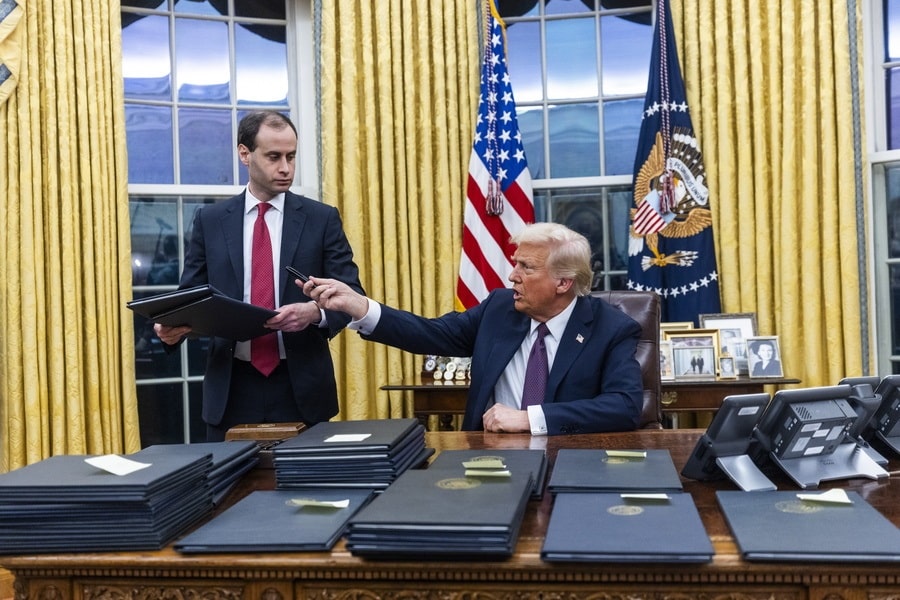Car Dealerships Push Back Against Growing EV Mandate Pressure

Table of Contents
Financial Challenges Faced by Dealerships in Transitioning to EVs
The transition to an EV-centric market presents significant financial challenges for car dealerships. The high upfront investment required to support EVs is a major concern. This includes substantial expenditures on charging station infrastructure, specialized tools and equipment for EV servicing, and comprehensive employee training programs. The shift necessitates a substantial capital outlay that many dealerships may struggle to manage, particularly smaller, independent businesses. Further compounding this challenge is the potential for lower profit margins on EVs compared to traditional gasoline-powered vehicles. The complexity of EV technology often means higher repair costs and longer repair times, potentially impacting service department profitability. The uncertainty surrounding future EV sales also adds to the risk, with dealerships facing the possibility of being left with unsold gasoline vehicles, representing significant stranded assets.
- High cost of EV charging infrastructure installation: Installing Level 2 and DC fast chargers requires significant upfront investment and ongoing maintenance costs.
- Need for specialized technician training: EV mechanics require specialized knowledge and training, representing a considerable expense for dealerships.
- Lower service revenue from EVs: EVs have fewer moving parts than internal combustion engine (ICE) vehicles, resulting in less frequent and less complex service needs.
- Potential for inventory obsolescence: Dealerships risk being stuck with unsold gasoline vehicles as EV mandates accelerate.
Infrastructure Limitations and the Role of Government Support
A major barrier to widespread EV adoption, and consequently a source of resistance from car dealerships, is the lack of robust charging infrastructure. The existing network of public charging stations is insufficient, particularly in rural areas, creating what is often referred to as "range anxiety" among potential EV buyers. This deficiency directly impacts consumer demand and makes dealerships hesitant to invest heavily in EVs without guaranteed market support. Government intervention is crucial in addressing this infrastructure gap. Significant investment in building a nationwide network of charging stations, coupled with incentives for both dealerships and consumers, is essential to facilitate a smooth transition. Furthermore, upgrading the electricity grid to handle the increased demand from a large-scale adoption of EVs is vital for long-term sustainability.
- Insufficient public charging stations: The current number of public charging stations is far from adequate to support widespread EV adoption.
- Uneven distribution of charging infrastructure across regions: Charging infrastructure is heavily concentrated in urban areas, leaving rural communities underserved.
- Need for grid upgrades to support increased electricity demand: The electricity grid needs significant upgrades to handle the increased power draw from widespread EV charging.
- Lack of government incentives for dealership EV infrastructure investment: More substantial financial support is needed to encourage dealerships to invest in EV charging infrastructure.
Consumer Demand and the Perception of Electric Vehicles
While consumer interest in electric vehicles is growing, several factors still hinder widespread adoption. Range anxiety, the fear of running out of battery charge before reaching a charging station, remains a significant concern. The often higher initial purchase price of EVs compared to gasoline cars also presents a barrier. Additionally, the limited availability of certain EV models and a lack of awareness regarding government incentives further complicate the situation. Dealerships are actively adapting their sales strategies to address these concerns. This includes offering test drives, providing comprehensive information on charging options, and highlighting the long-term cost savings associated with EV ownership. Marketing campaigns that effectively address consumer misconceptions and educate potential buyers about the benefits of EVs are critical.
- Range anxiety among potential EV buyers: This is a major psychological barrier to widespread EV adoption.
- High purchase price of many EVs: The upfront cost of EVs can be a significant deterrent for many consumers.
- Limited availability of certain EV models: Supply chain issues and high demand can limit the availability of popular EV models.
- Lack of awareness regarding government incentives: Many consumers are unaware of the financial incentives available for purchasing EVs.
Strategies Dealerships are Employing to Navigate the EV Mandate Pressure
Faced with the pressures of EV mandates, car dealerships are actively developing strategies to mitigate the challenges. Many are investing in on-site EV charging infrastructure to attract customers and offer convenient charging options. Dealerships are also prioritizing employee training programs to equip their service departments with the expertise to handle EV repairs and maintenance. Marketing initiatives that emphasize the environmental benefits and cost savings of EVs are becoming increasingly common. Furthermore, partnerships between dealerships and EV manufacturers are crucial for securing access to models and securing expert support.
- Investing in EV charging infrastructure on-site: Providing charging stations is a key attraction for potential EV buyers.
- Offering test drives of electric vehicles: Allowing potential customers to experience EVs firsthand addresses range anxiety.
- Partnering with energy providers to offer charging solutions: This provides additional services and strengthens customer relationships.
- Developing specialized EV service departments: Dedicated EV service departments ensure efficient and expert vehicle maintenance.
Conclusion: The Future of Car Dealerships in the Age of EV Mandates
The transition to electric vehicles presents significant challenges for car dealerships. Financial constraints, infrastructure limitations, and consumer perception all play a role in the resistance to EV mandates. However, by investing in charging infrastructure, employee training, and effective marketing, dealerships can adapt to the changing landscape. Collaboration between dealerships, manufacturers, and governments is vital for a successful transition. Government support through financial incentives, infrastructure development, and public awareness campaigns is crucial. The future of the automotive industry depends on a collaborative approach that addresses the concerns of dealerships while accelerating the adoption of electric vehicles. Stay informed about the evolving landscape of EV mandates and how they will affect car dealerships and the automotive industry. Understanding the challenges and opportunities related to EV mandates is crucial for navigating this transition.

Featured Posts
-
 Trumps 10 Tariff Threat Baseline Unless Exceptional Offer Received
May 10, 2025
Trumps 10 Tariff Threat Baseline Unless Exceptional Offer Received
May 10, 2025 -
 Should You Ignore The Stock Market Jeanine Pirros Advice
May 10, 2025
Should You Ignore The Stock Market Jeanine Pirros Advice
May 10, 2025 -
 To Buy Or Not To Buy Palantir Stock Before May 5th A Prudent Investors Guide
May 10, 2025
To Buy Or Not To Buy Palantir Stock Before May 5th A Prudent Investors Guide
May 10, 2025 -
 Sharing Transgender Experiences Impact Of Trump Executive Orders
May 10, 2025
Sharing Transgender Experiences Impact Of Trump Executive Orders
May 10, 2025 -
 Bert Kreischer And His Wife Navigating The Comedy Of Sex Jokes On Netflix
May 10, 2025
Bert Kreischer And His Wife Navigating The Comedy Of Sex Jokes On Netflix
May 10, 2025
